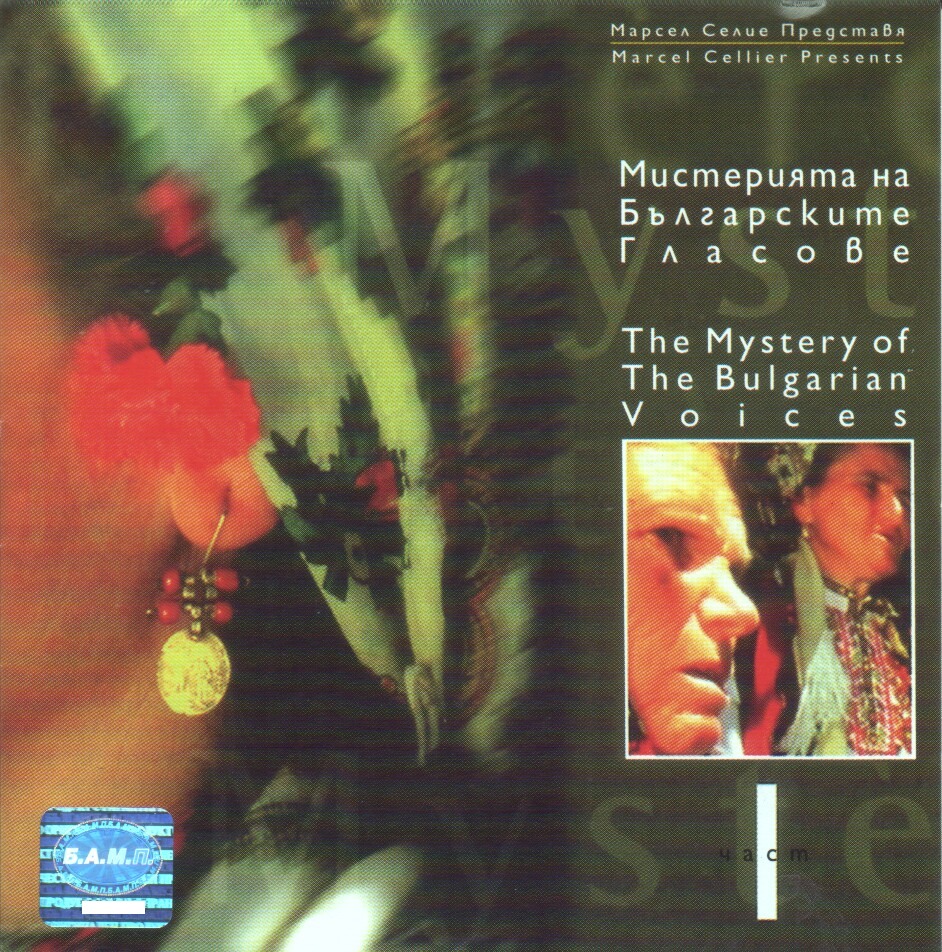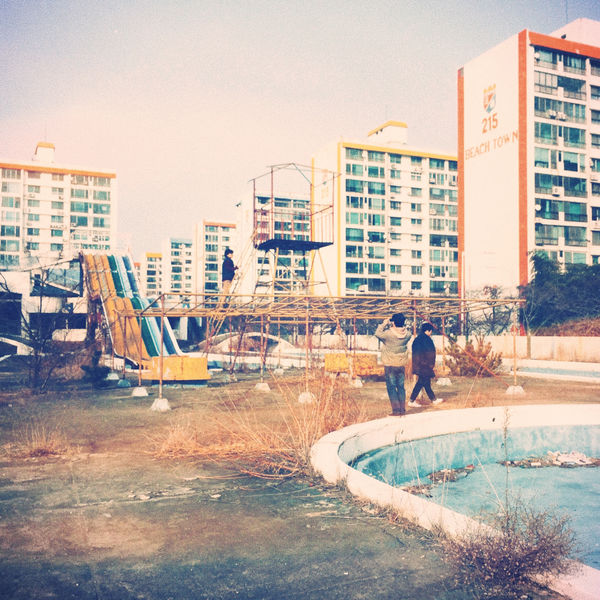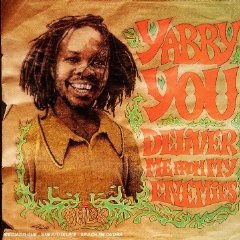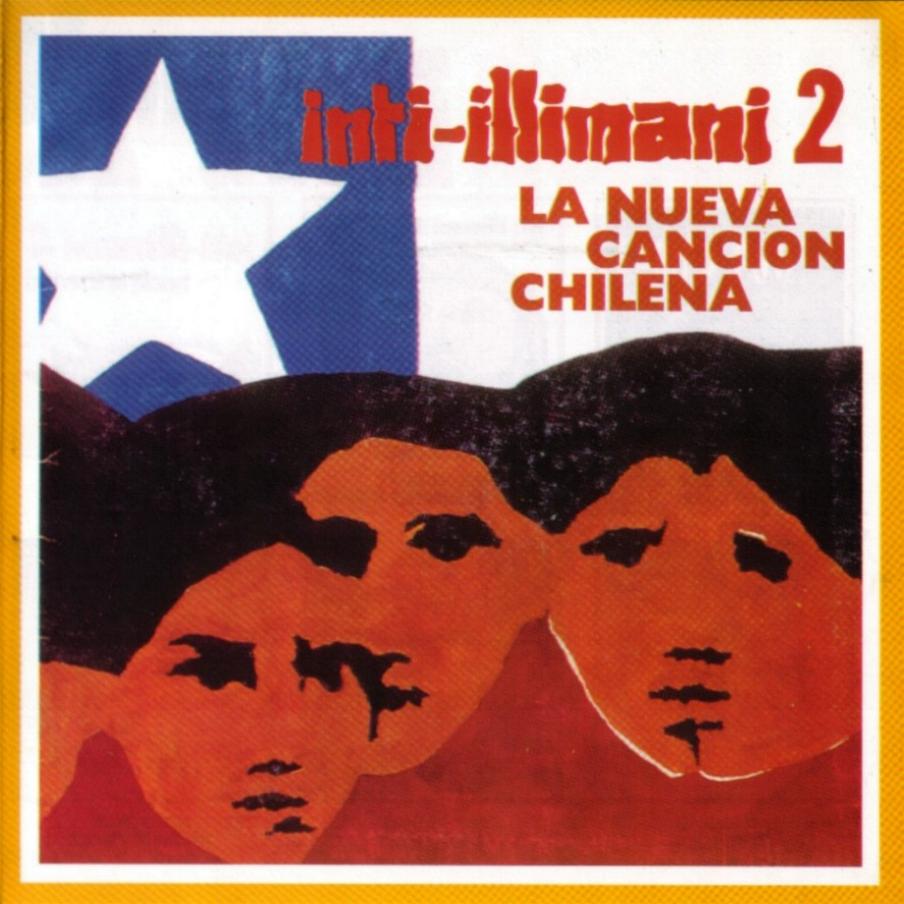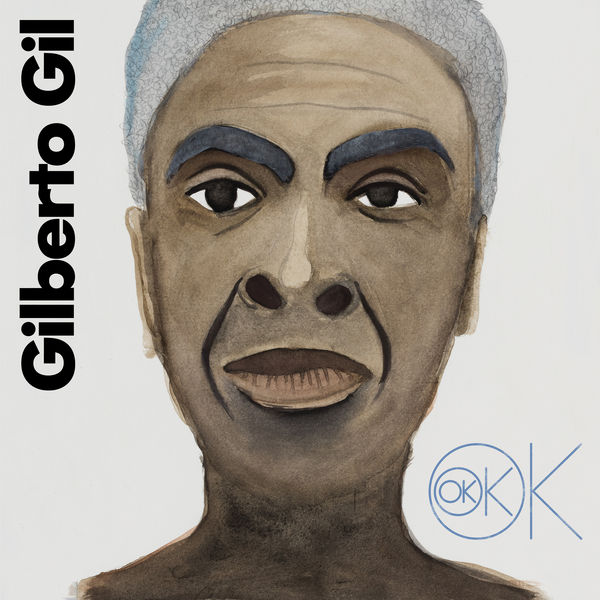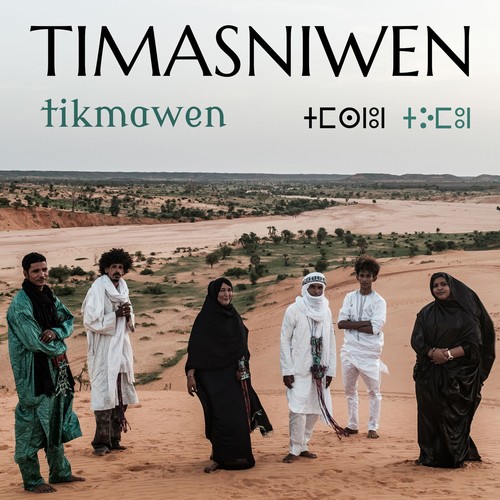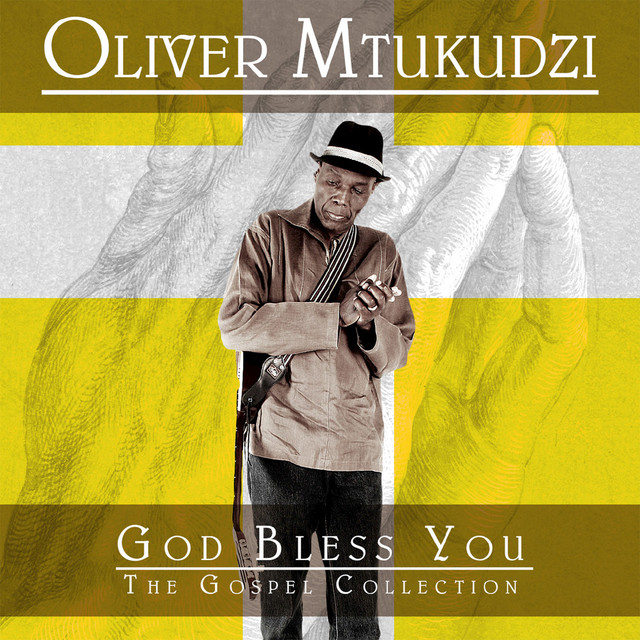Episode 39
Episode 39 was originally posted on March 4, 2019.
Tracklisting:
01) “Bolus” by Pumice.
From the 2015 album Puddles.
New Zealand.
Under the Radar says: “Stefan Neville AKA Pumice is one of New Zealand music’s more fascinating and impressively understated iconoclasts. He’s released a whole bunch of great music over the last couple of decades via Pumice (and other projects)” and Cyclic Defrost simply describes Pumice as: a “New Zealand lo-fi songwriter.”
02) “So Far Away” by Here Lies Man.
From the 2017 album Here Lies Man.
Los Angeles, CA, USA.
The band’s official website says: “Here Lies Man took the music world by storm in 2017 with their self-titled debut positing the intriguing hypothesis: What if Black Sabbath played Afrobeat?” And Brooklyn Vegan points out: “You might know Marcos Garcia best for his work with the afrobeat band Antibalas, but he also leads the heavy psych band Here Lies Man.”
03) “Singetema” by Zuhura & Party.
From the 2019 reissue Singe Tema (Taarab Special) (1981).
Kenya.
Allmusic says: “Swaleb is, together with Malika, one is the best-known taarab singers in Kenya. Her sound is made distinctive by the accompaniment on taishokoto, which is a Japanse string instrument somewhat akin to a banjo.”
Purchase the album at Amazon.
04) “Aroeira” by Ivan 'Mamão' Conti.
From the 2019 album Poison Fruit.
Rio de Janeiro, Brazil.
“Ivan Conti is one of the greatest drummers on earth. He is Brazil’s answer to Tony Allen, Steve Gadd, and Bernard Purdie. Known by most as one third of Azymuth, his career spans far beyond with over half a century’s worth of recordings with the likes of Milton Nascimento, Deodato, Marcos Valle and Jorge Ben. More recently Mamao recorded an album with hip hop royalty Madlib.”
05) “Funky Rob Way” by Rob.
From the 2019 reissue Rob.
Accra, Ghana.
Born Robert Roy Reindorf, the Bandcamp page says:
“Born in Accra in 1947 - was an admirer of American artists Otis Reading, James Brown, Wilson Pickett and Ray Charles. He began his trade by learning the piano at a music school in Cotonou, Benin before venturing out to make what money he could by getting gigs with the movers and shakers of the Beninese music scene, namely Orchestre Poly-Rythmo and the Black Santiago. After learning the science of music composition, Rob returned to Ghana where he began to write his own songs and eventually sought the backing of a band, specifically one that had horns.
In 1977 - at the age of 28 - Rob travelled to the city of Takoradi in western Ghana to approach an army band named Mag-2 whom he had seen perform in Accra. Mag-2 had an entire section of its ensemble dedicated to horns along, some of the sophisticated music equipment available in Ghana at the time - Hofner guitars, Yamaha keyboards and the like.”
06) “Fajrolbeed فجر البيد” by Tamer Abu Ghazaleh.
From the 2016 album Thulth ثلث.
Cairo, Egypt.
“With oud, buzuq and vocals as his instruments of choice, Tamer Abu Ghazaleh has been performing his latest project since 2012 at concerts in Beirut, Alexandria,Cairo, Amman, London, Ramallah, Tunis, Constantine, Liverpool, Manchester, Budapest, Oslo, Stockholm, Copenhagen, Malmo and Arles with Khyam Allami on drums, Shadi El-Hosseiny on piano and Mahmoud Waly on bass.”
07) “Log Kehte Hain” by Rajesh Roshan.
From the 1987 soundtrack Khudgarz.
Mumbai, India.
According to the Facebook fan page: “Rajesh Roshan is the son of Hindi film composer Roshan and younger brother of film director and actor Rakesh Roshan.”
As always and ever, we invite you to browse the maps to see where each artists we’ve featured is from. Since Google Maps only lets us post 10 episodes at a time, you can see previous episodes here. In the meantime, this week’s artists are represented by light grey map-points. Interact. Browse and Enjoy.

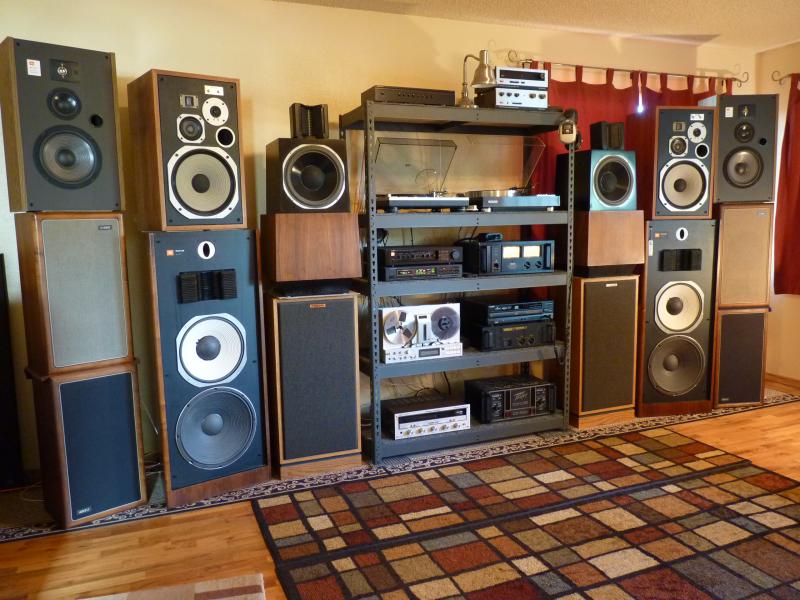
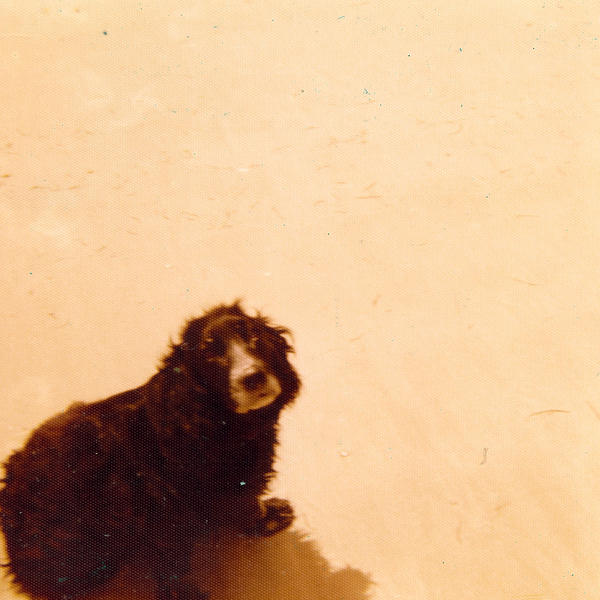

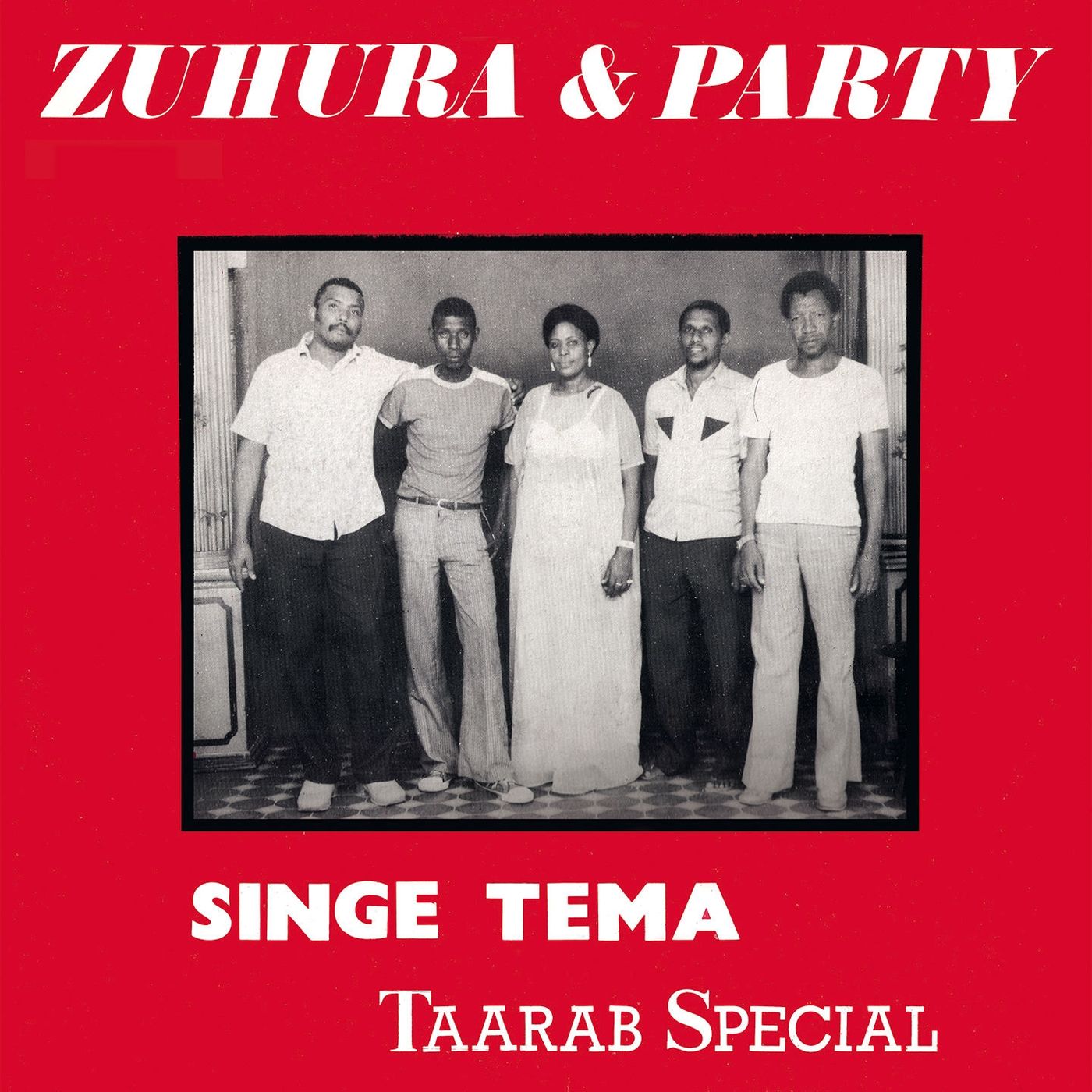


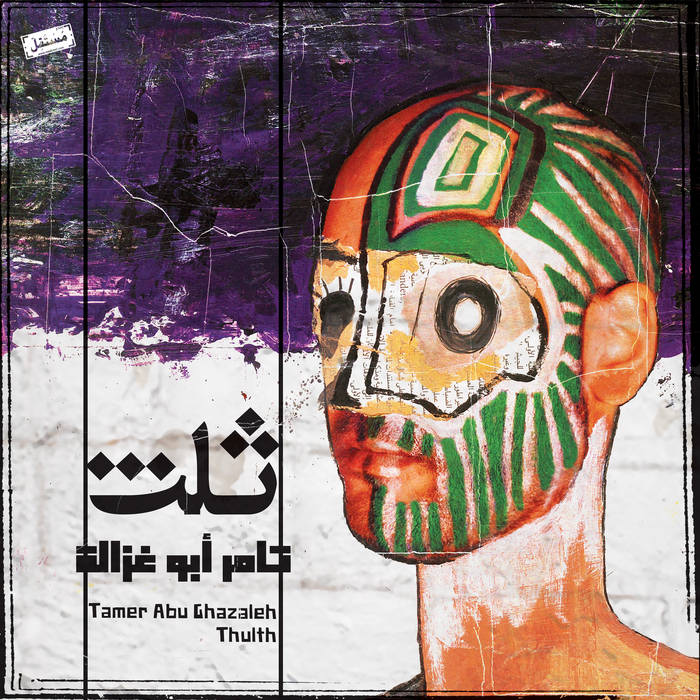
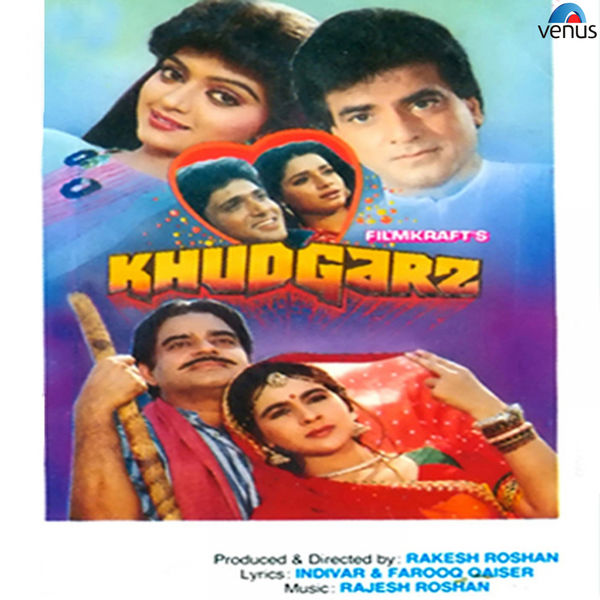









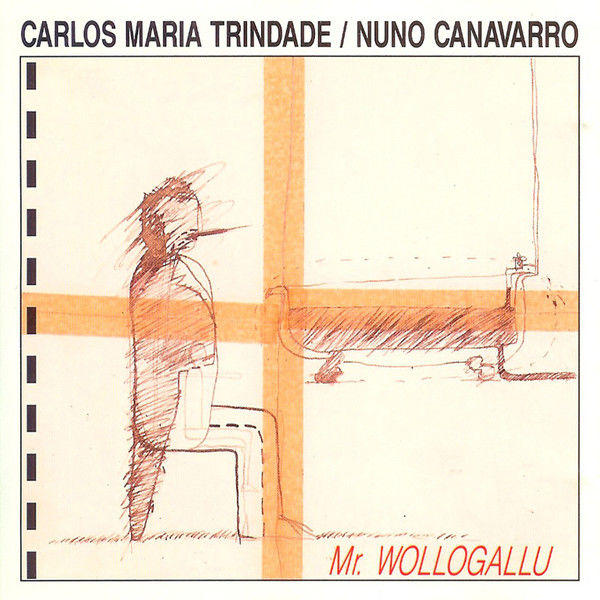
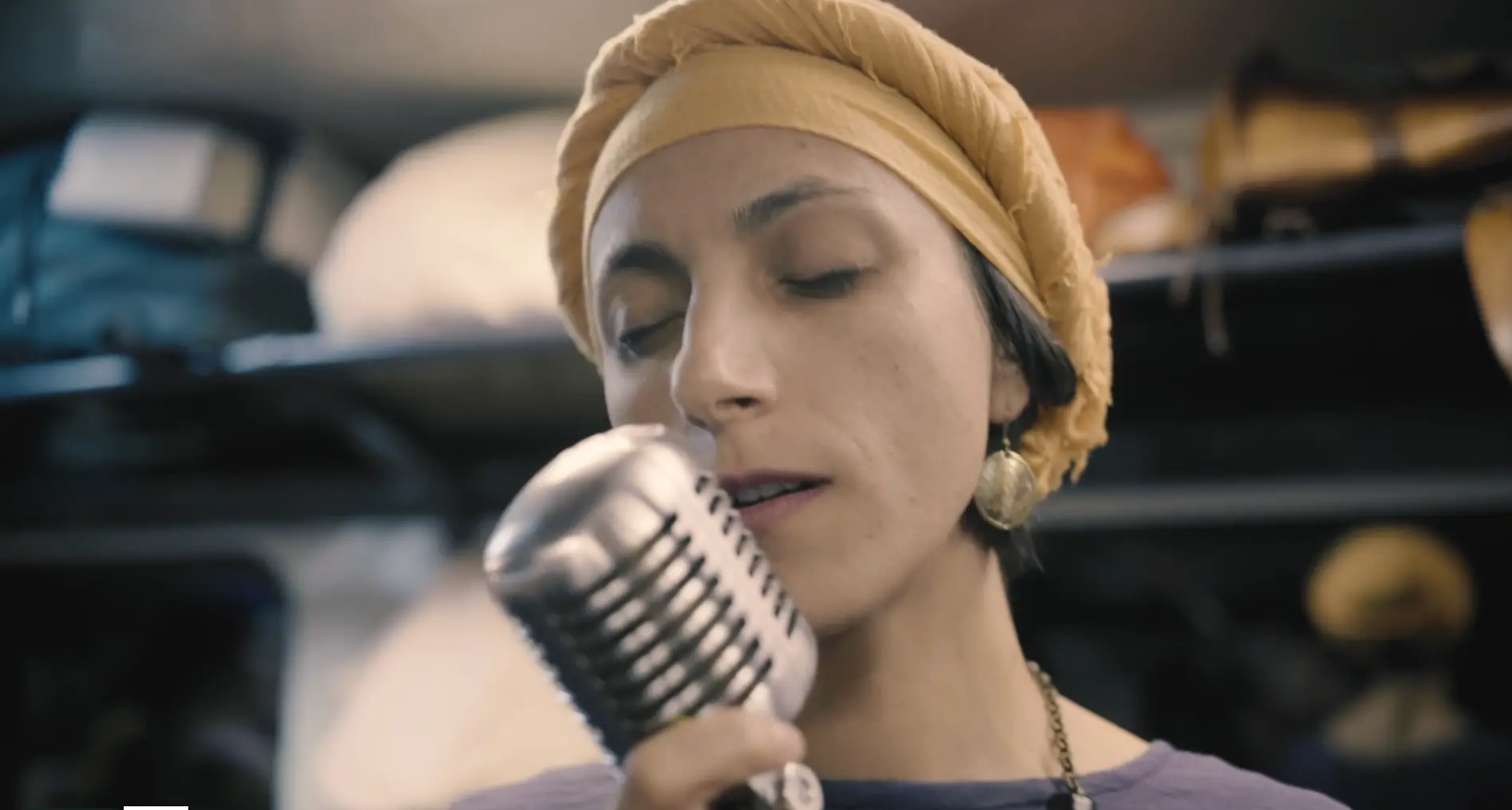

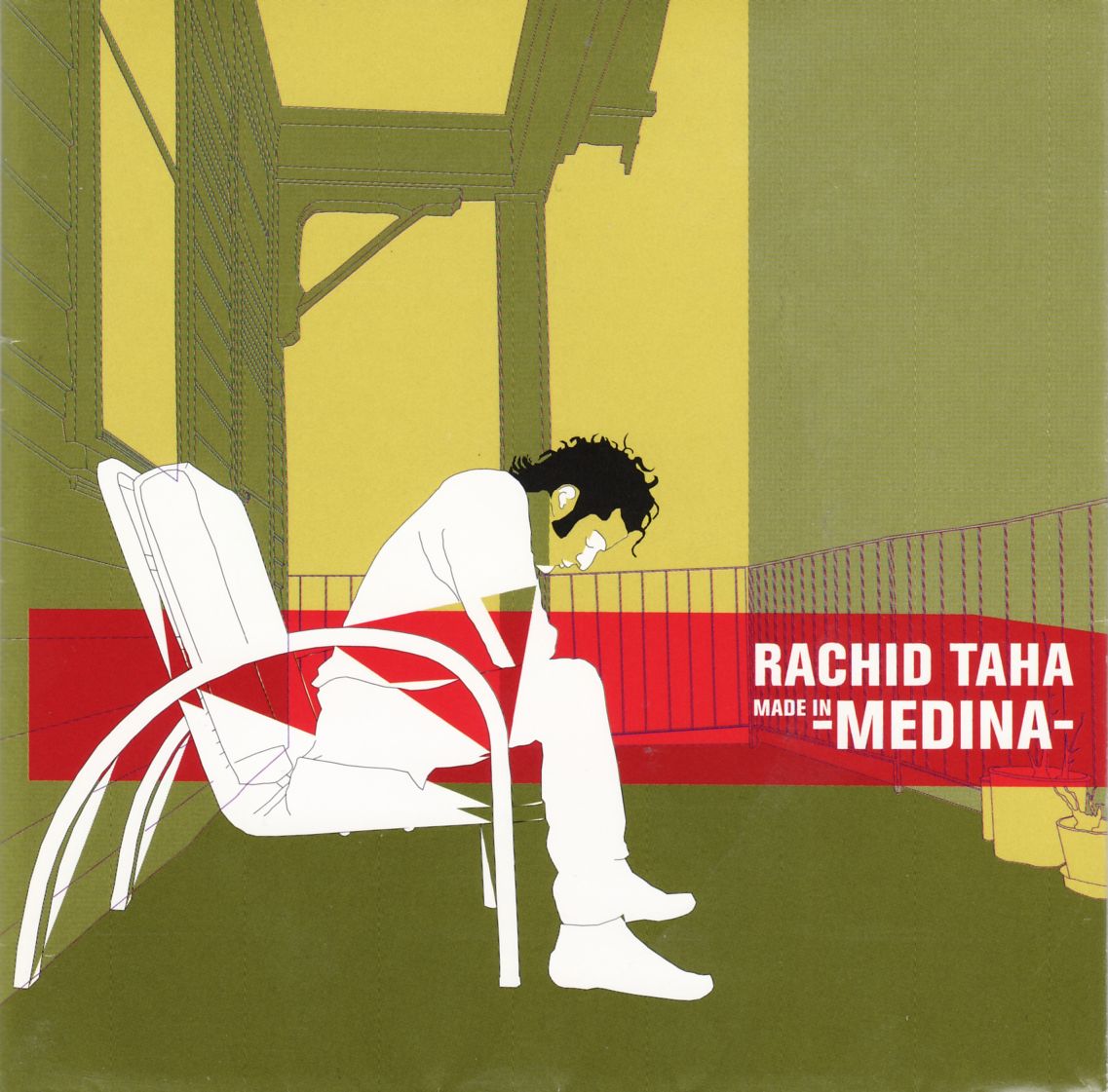
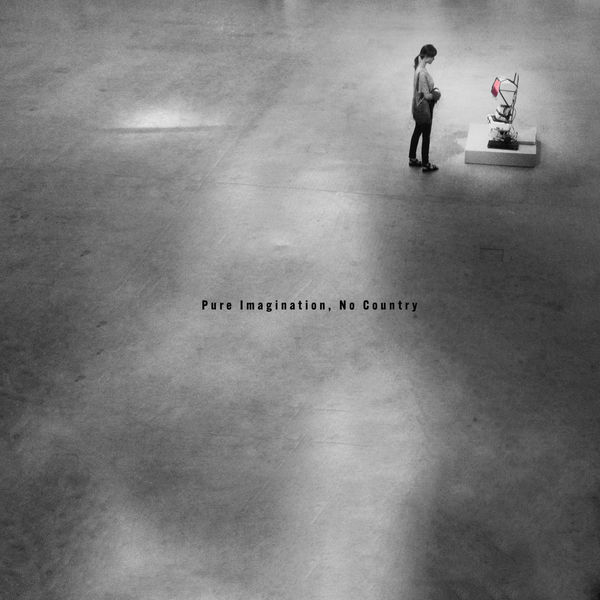
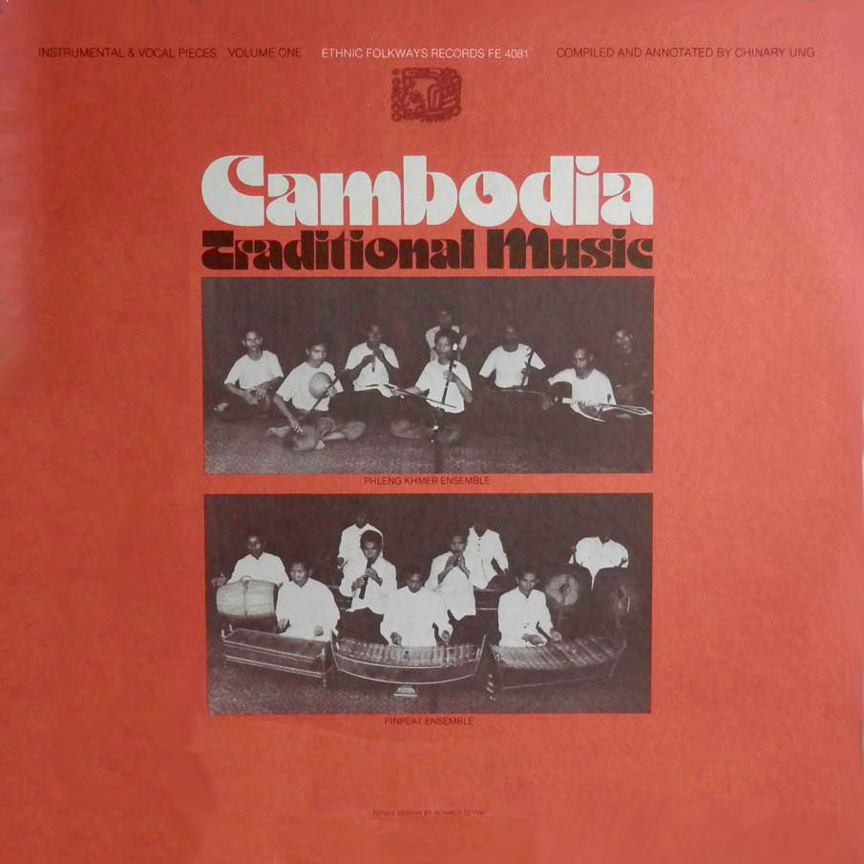
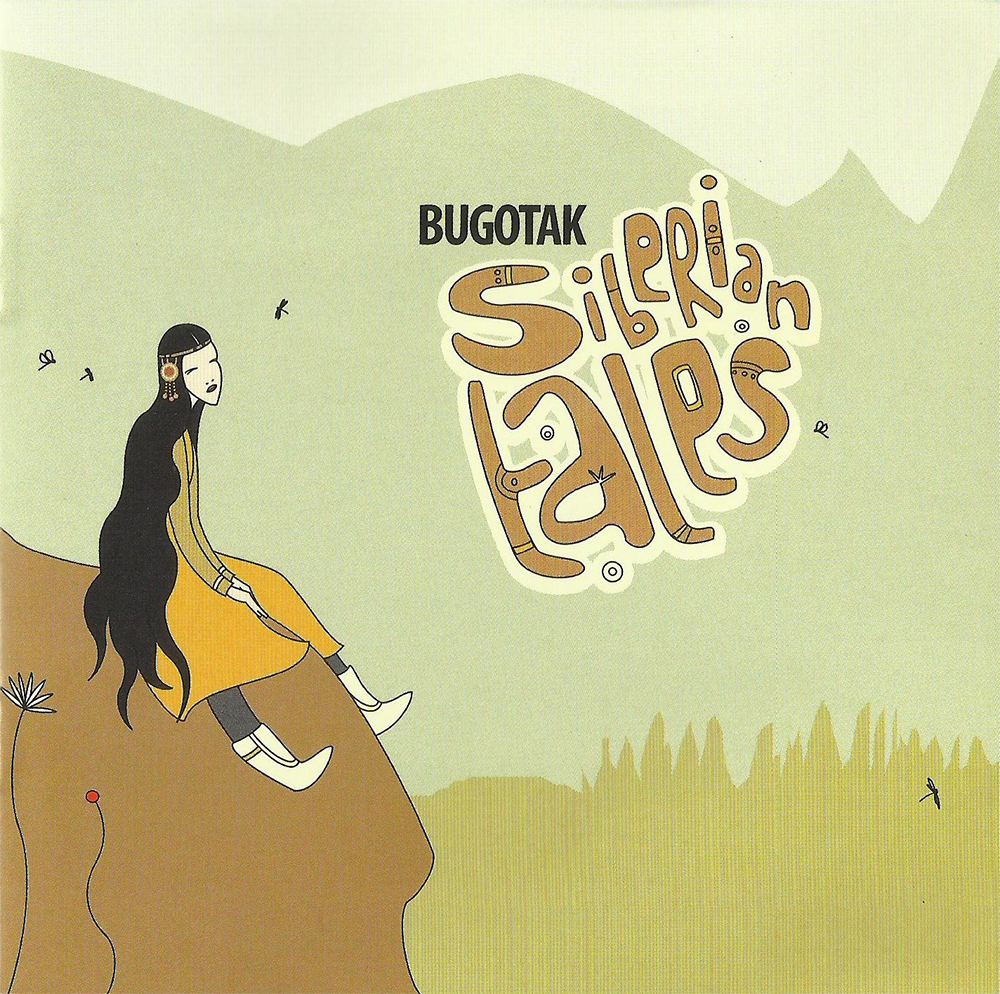



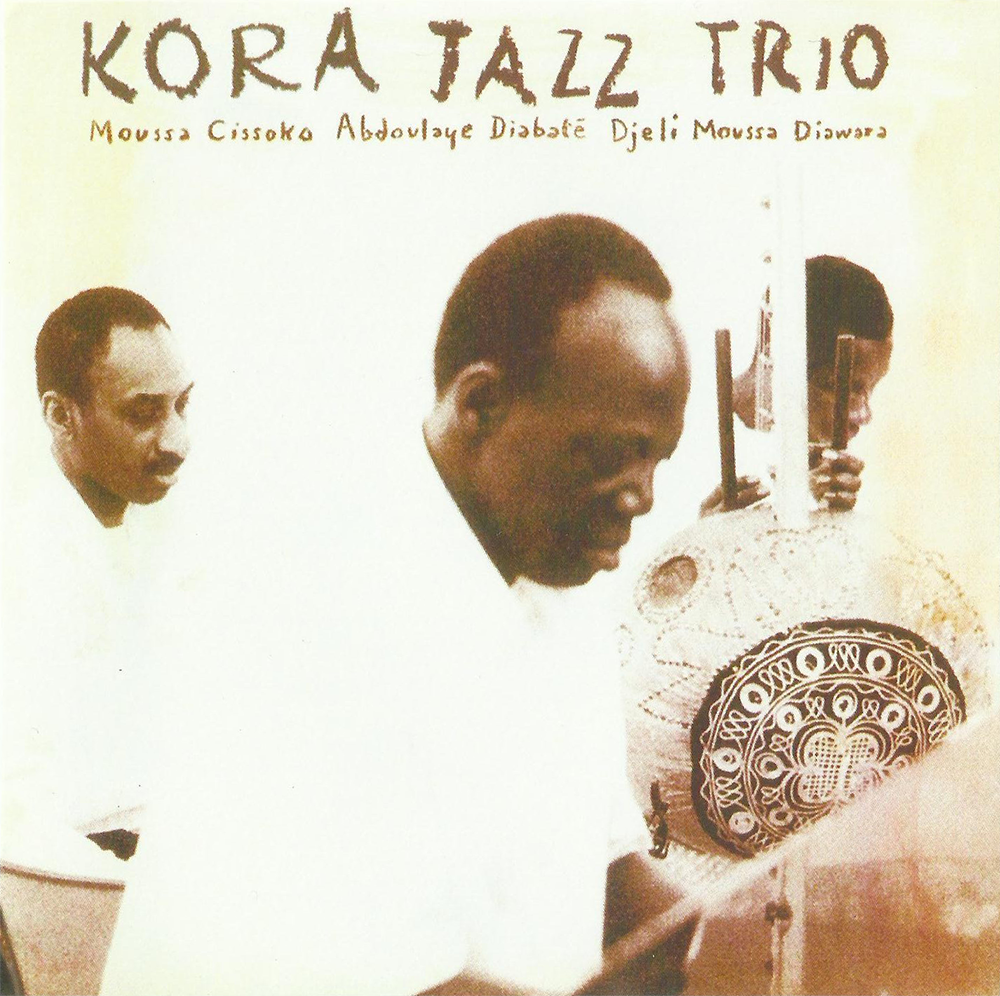





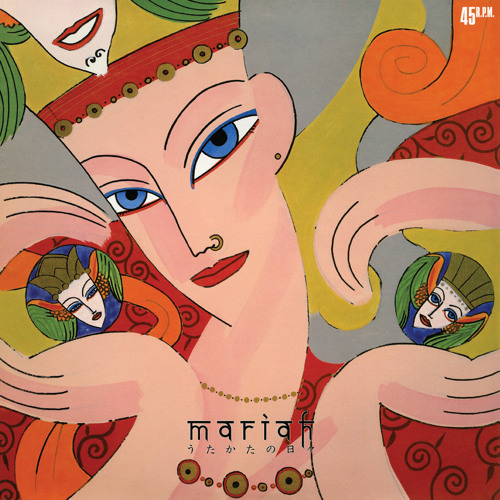
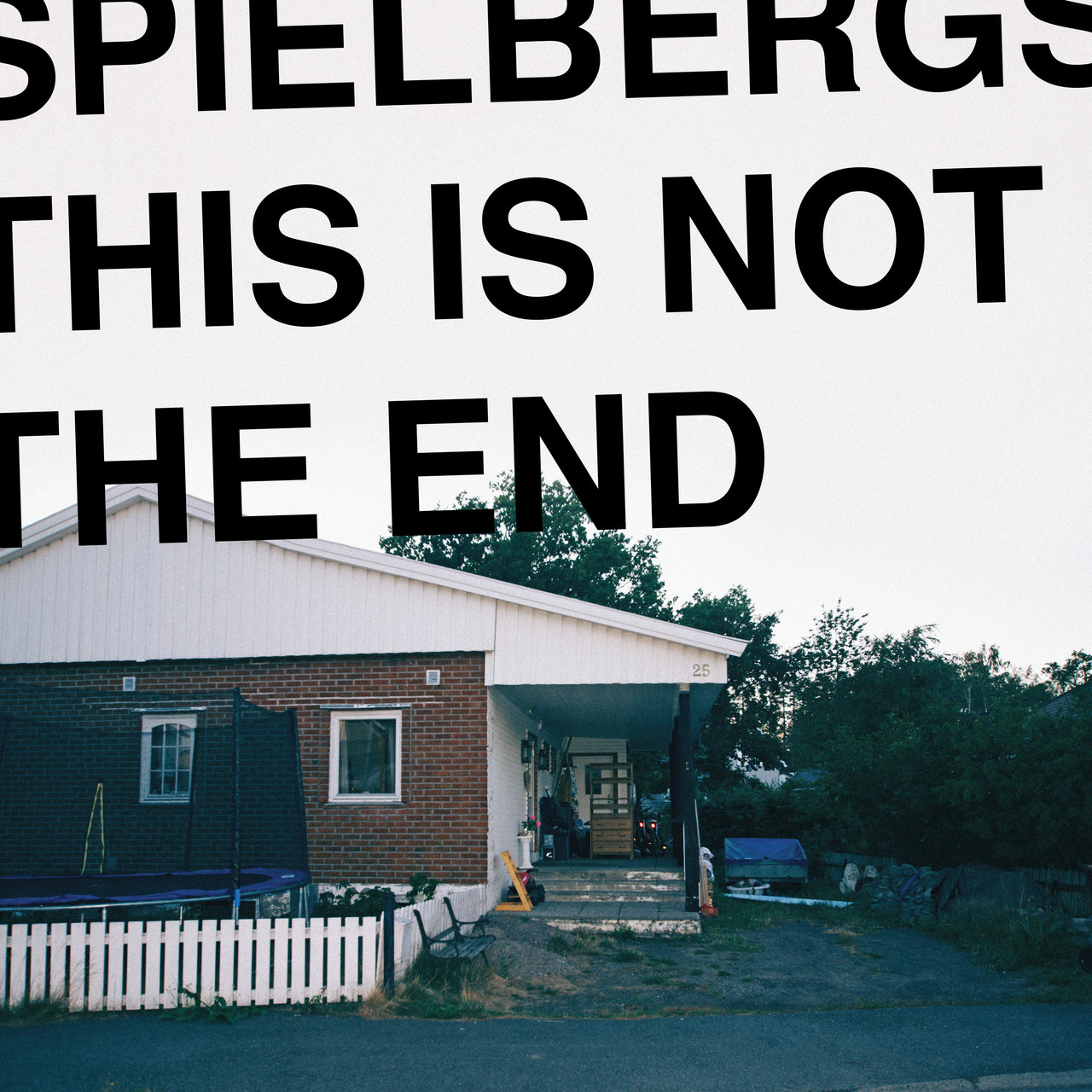
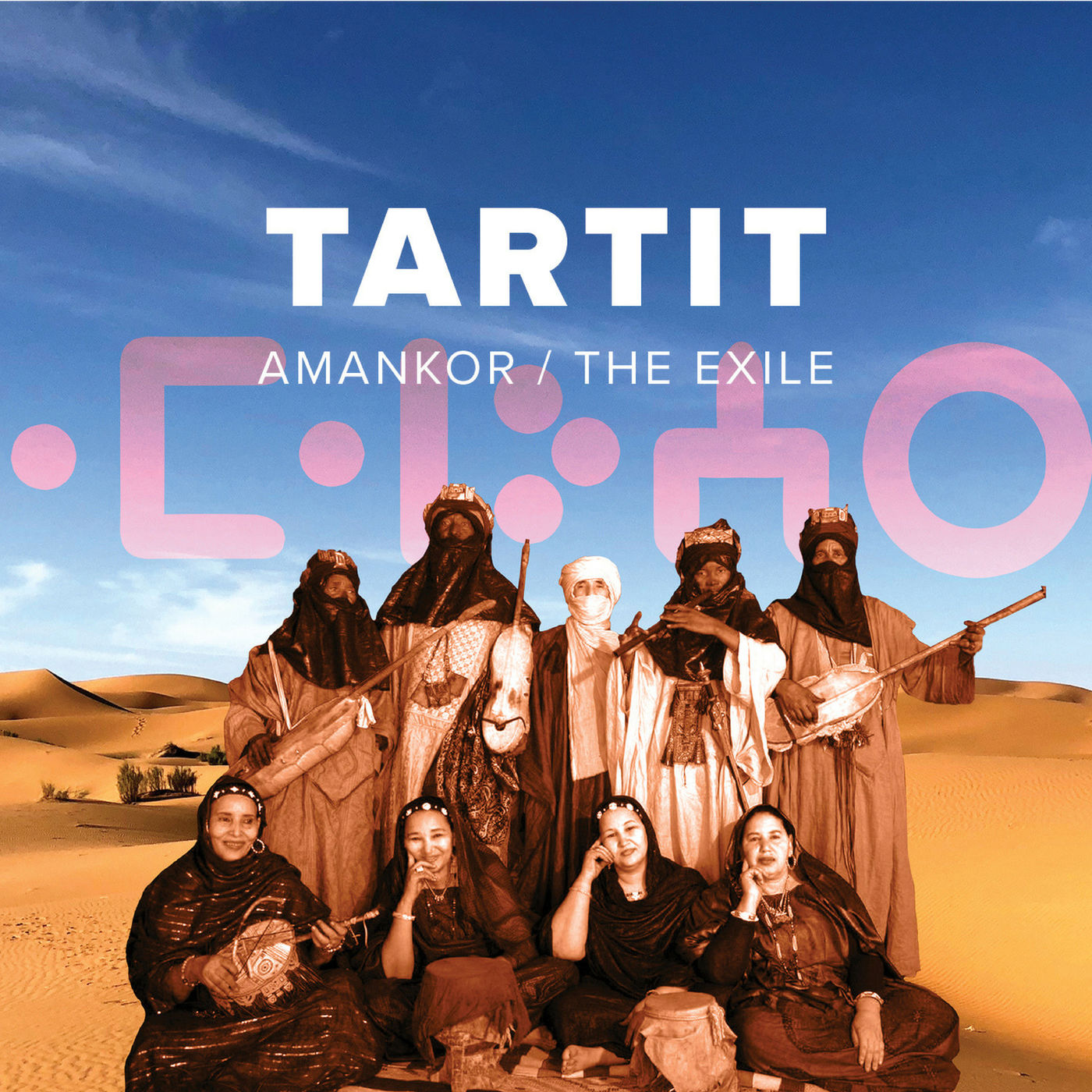
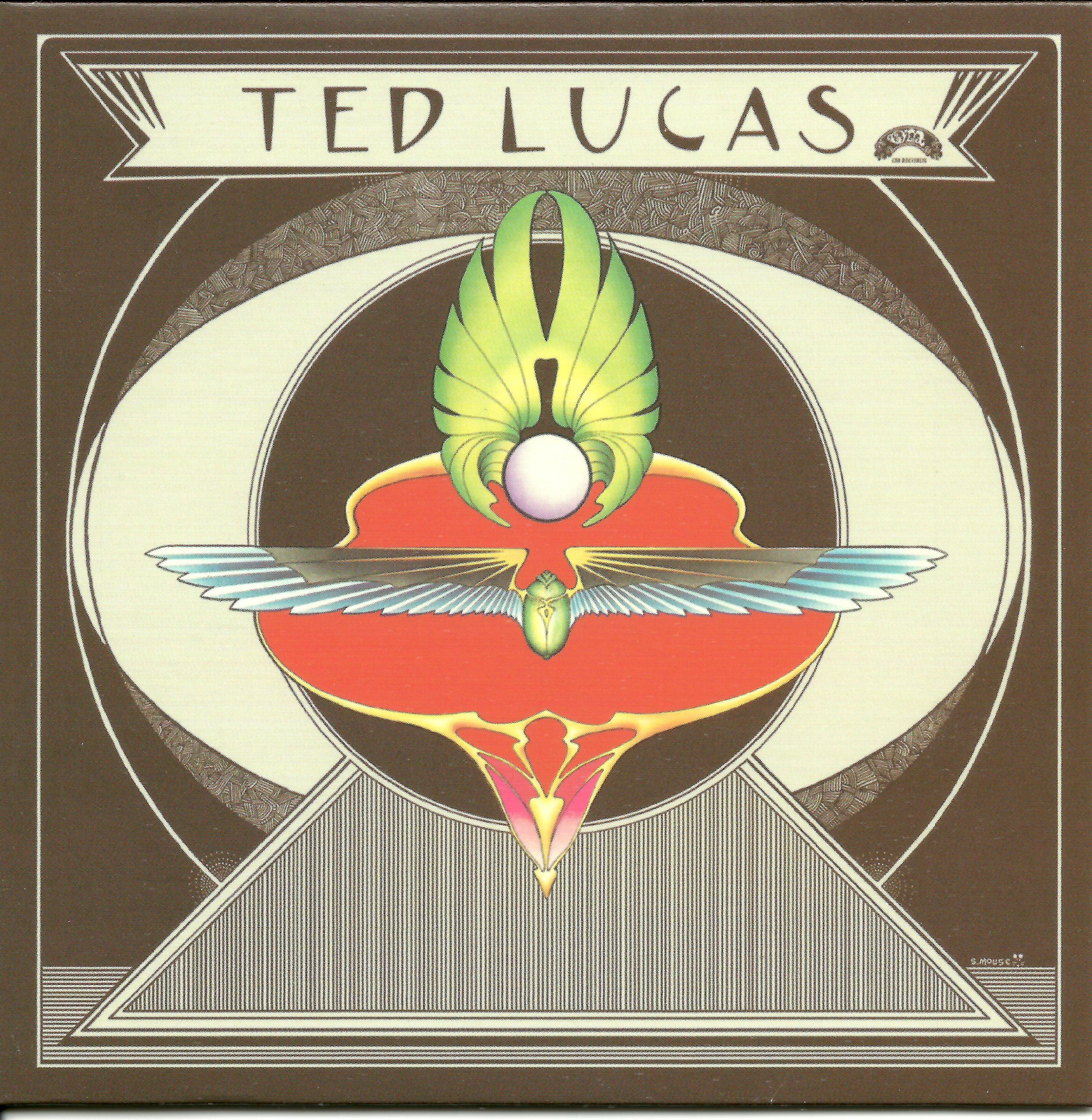
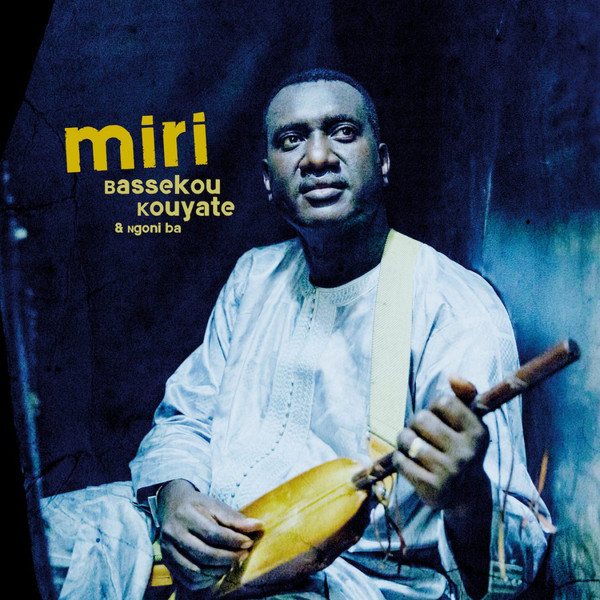


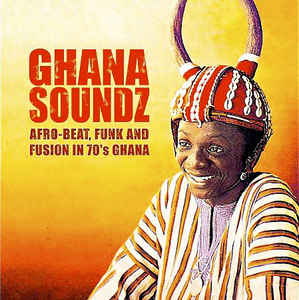









![01 Cowboy Bebop [OST].jpg](https://images.squarespace-cdn.com/content/v1/5d275a9d176d030001f306ed/1565408103940-DD06D5LGUMYYV5YWOT4A/01+Cowboy+Bebop+%5BOST%5D.jpg)

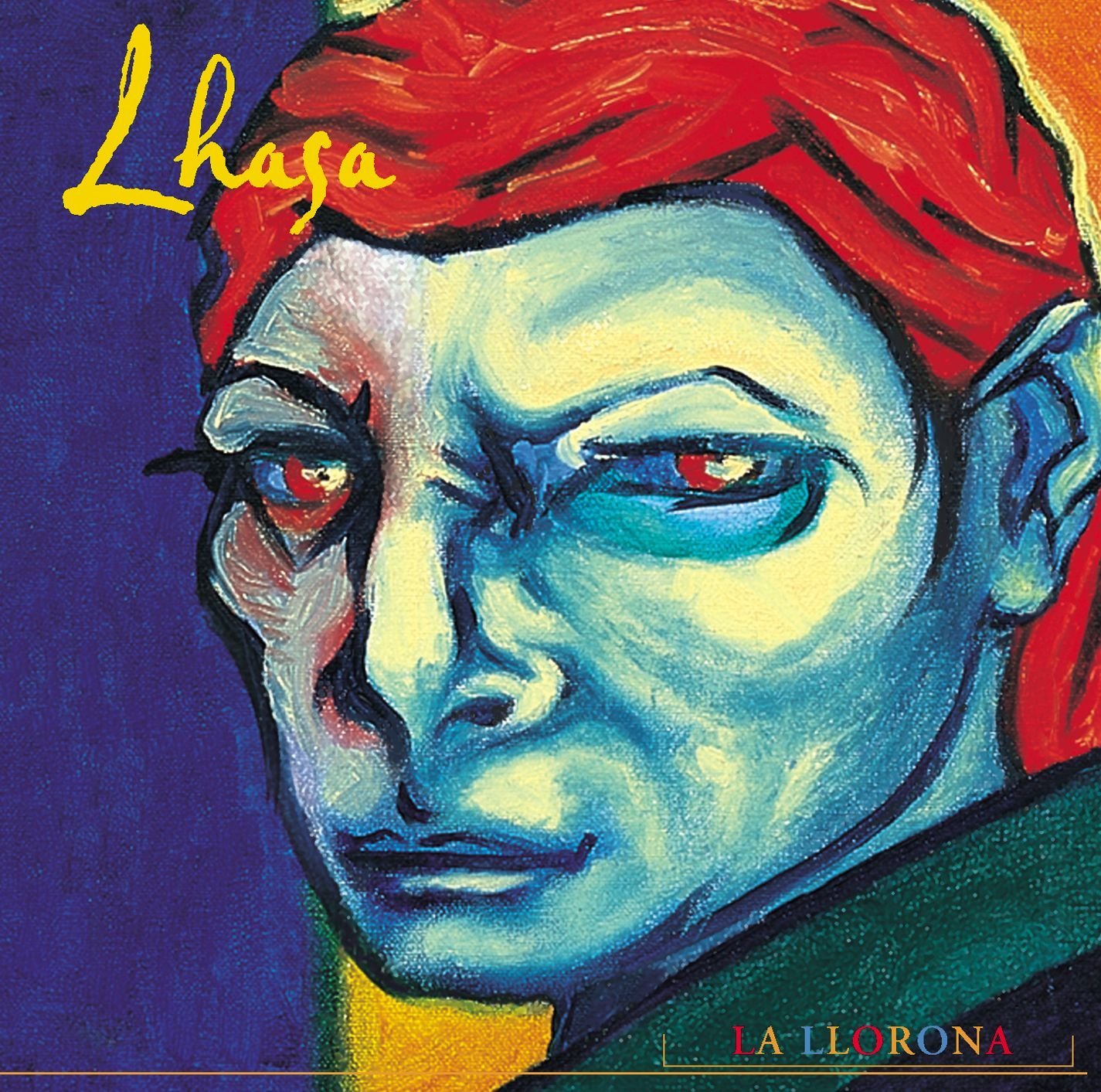
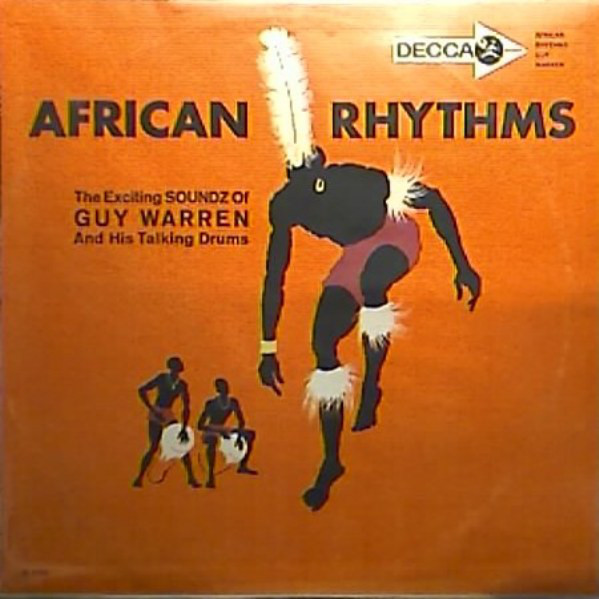
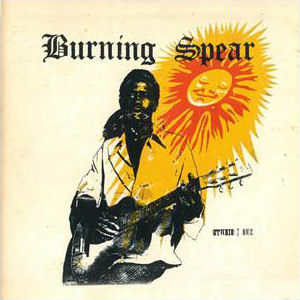
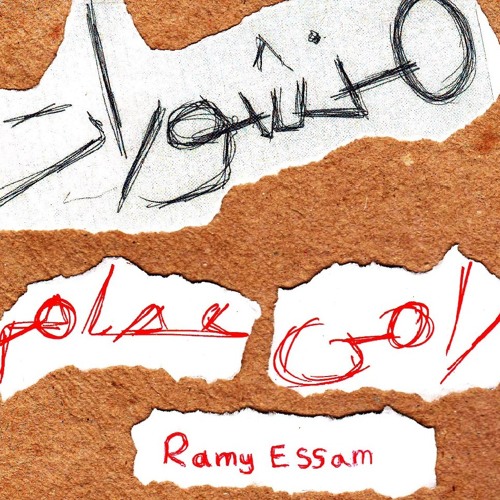

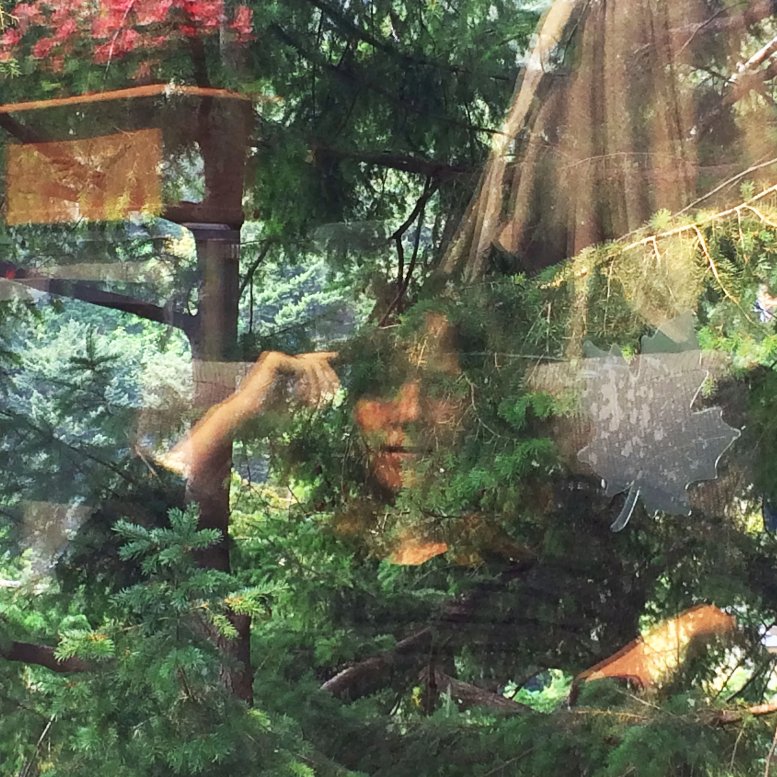
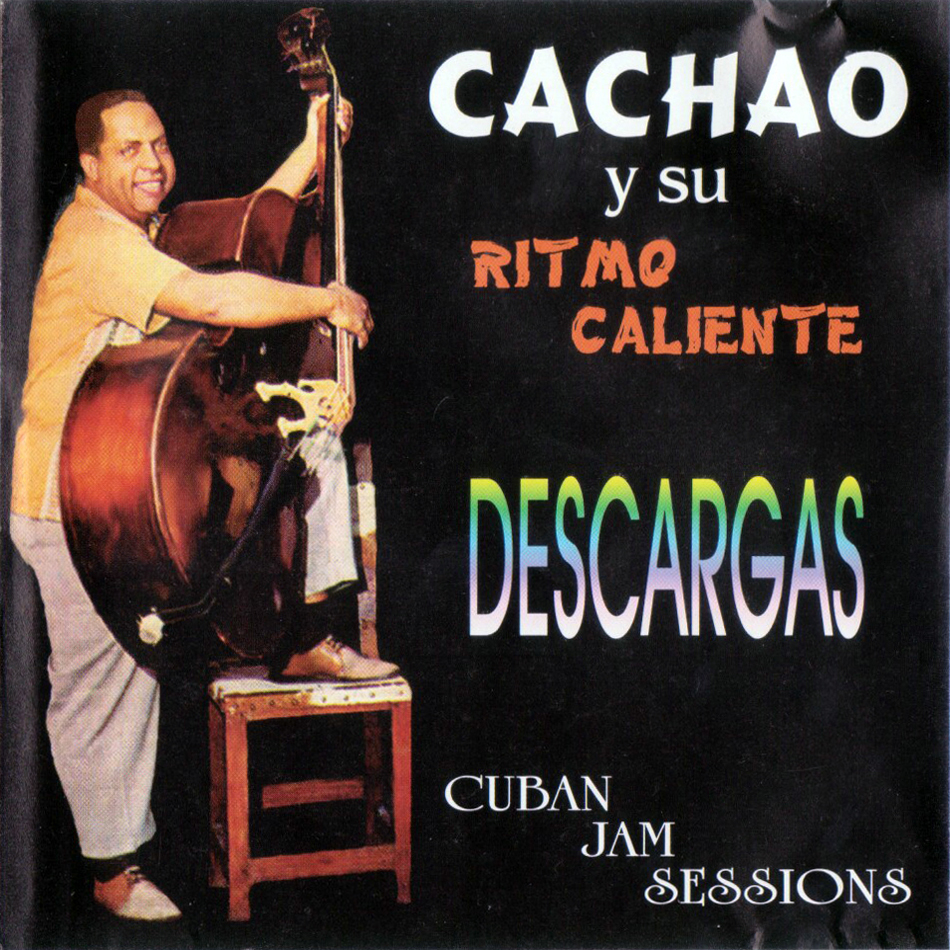
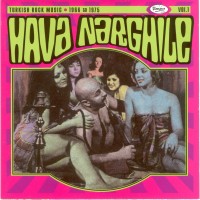
![01 Cowboy Bebop [OST].jpg](https://images.squarespace-cdn.com/content/v1/5d275a9d176d030001f306ed/1565408136490-3IKAASOEB7TWBCA0GI0N/01+Cowboy+Bebop+%5BOST%5D.jpg)










